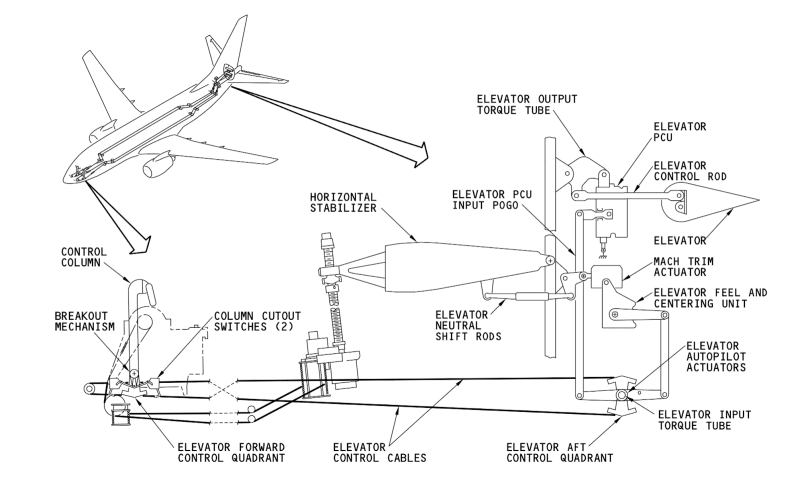Eufalconimorph
Computer
- Apr 21, 2019
- 144
Avherald.
Reuters.
Dash cam footage showing crash angle.
Video of security camera video, straight on (angle of descent looks steeper than reality).
Reuters.
Dash cam footage showing crash angle.
Video of security camera video, straight on (angle of descent looks steeper than reality).



![[pipe] [pipe] [pipe]](/data/assets/smilies/pipe.gif)
